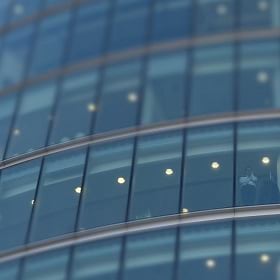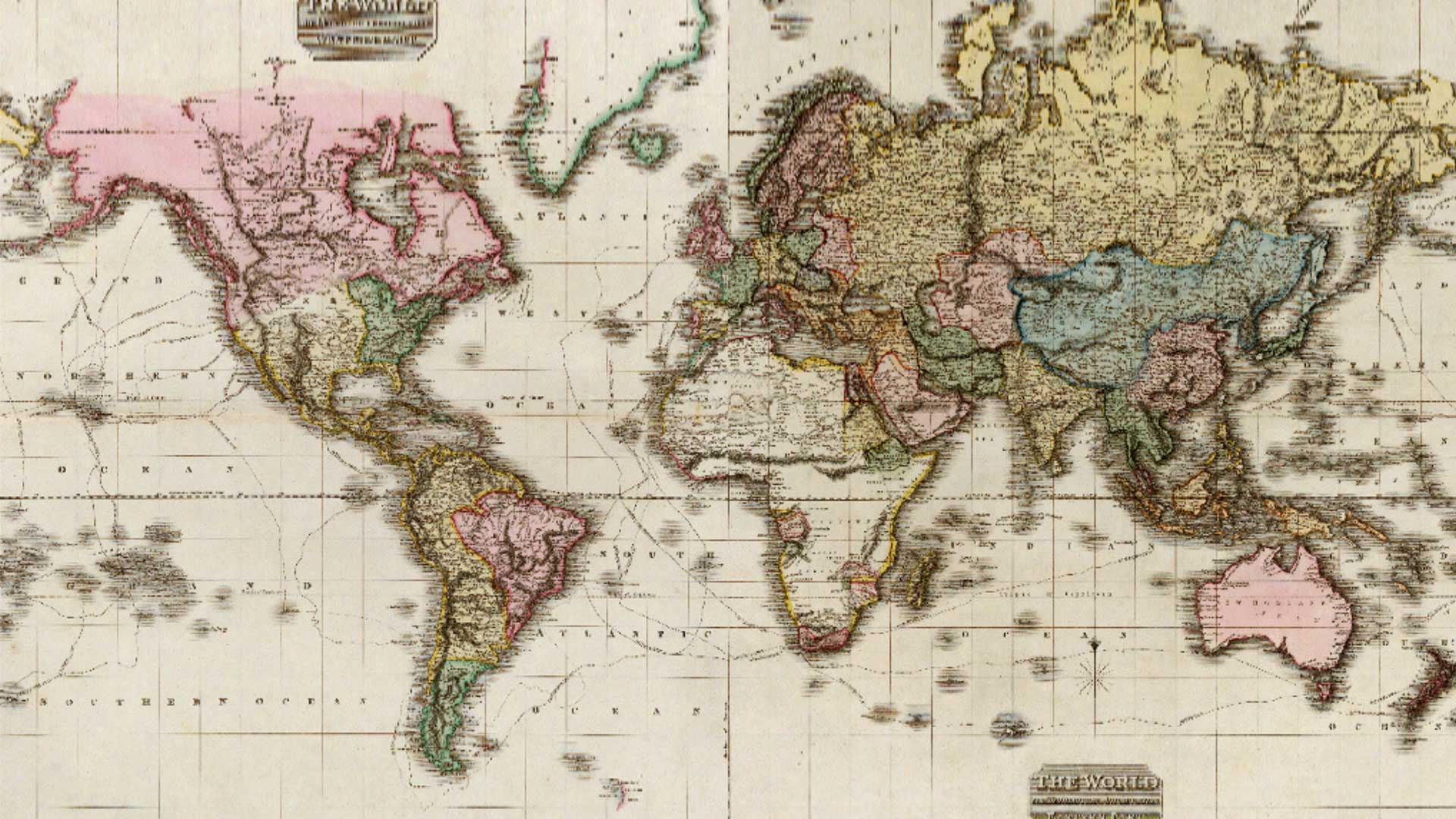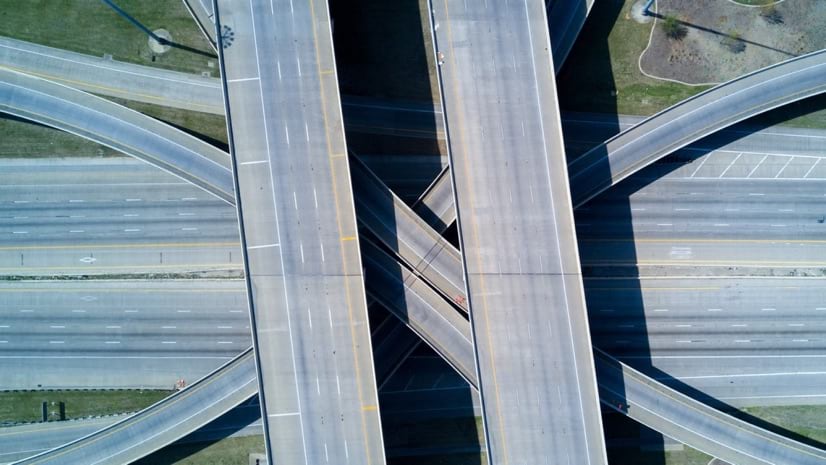The conditions were ripe for a global pandemic, and there were warnings as far back as last November. But for most everyone in the world, the COVID-19 crisis caused by the novel coronavirus came as a bolt from the blue. Now, with an estimated one-third of the world’s population under lockdown—reportedly more people than were alive during World War II—and more than 184,000 deaths worldwide as of this writing, we’re not yet seeing a horizon for this emergency.
Although there have been disruptions in global supply chains before (during world wars and tsunamis, for instance), there has been nothing like the impact of COVID-19—on producers, distributors, logistics providers, retailers, and consumers.
At this unprecedented time, companies and organizations of every type are focused on mitigating the medical dimensions of the crisis, which includes implementing the recommendations of public health officials to protect human health. That continues to be priority number one. But it’s also time to think about how to stem the economic pain, which is considerable.
The outbreak plunged the global economy into recession seemingly overnight. The world’s GDP will be down nearly 3 percent for 2020, according to the recent IHS Markit Economics and Country Risk study. The picture in the US is worse, with the study forecasting real GDP to be down more than 5 percent for 2020.
We are at historic levels of job losses, with more expected. Reopening the economy is not likely to be a cure-all, as many people may stay home until a vaccine is developed or until widespread tests—for the virus and its antibodies—become available. Many businesses are leaning toward conservatism, as exemplified by Facebook’s announcement that it will not hold events with more than 50 people before June 2021.
The news is bad, yes, but agile companies are making moves to lessen their own economic fallout. They’re shifting supply chains from commercial toward consumer markets and marshalling resources in locations where people, products, and services are needed most.
Business leaders are focusing on three phases of business activity—protect, stabilize, and reestablish. In each phase, they’re using information hubs that feature location intelligence to guide smart decisions. These hubs provide different datasets to different users—giving customers critical information while employees and partners explore their own key data. All stakeholders can use that insight to adjust plans and processes to fit current conditions.
A Response Based on Good Data, Effective Communication
The first step has been to protect against the immediate health threats to employees and operations. Next, companies have assessed and stabilized available resources to meet shifting demands. Now, executives are beginning to plan for the longer term, reestablishing their business where and when possible, with an eye toward recovery.
As billionaire and former Starbucks CEO Howard Schultz put it, more than one-third of US small businesses will close unless we take steps to “flatten the economic despair.” Large enterprises are suffering too. But what does it look like to resume a “normal” business cadence when things are anything but normal?
It begins with critical location data and effective communication. With help from business information hubs, companies are sharing workforce and operations data both internally and externally. Communicating with employees is especially important for workforce health—getting a picture of who is well enough to come to work at essential businesses, for example. In many cases, employees are submitting this information through mobile devices. Location technology, namely geographic information system (GIS) technology, automatically contextualizes that data on smart maps for real-time sharing across the organization. This same technology serves as the platform for business information hubs.
Location information has been a key communications driver during this outbreak, helping executives visualize the geographic landscape of their workforce in the context of current business activities. Other companies augment those smart maps with data on operations—for example, where customers are using products and services, and how those habits have changed as a result of current conditions. This helps executives with the critical task of resourcing to meet consumer demands.
McKinsey cites a leading North American retailer that is shifting inventory across its network to regions with the biggest deficits of certain products. Some retailers are even reassigning their merchandising staff to bring coverage where it is needed for key categories and products, a move that requires rapid onboarding and cross-training. All of these activities depend on the availability of location data to inform decision-making across the network and at a hyperlocal level.
A Glimpse at Recovery
Grocery chains and food services have been heroic in pivoting to meet surging local demand transformed by the pandemic. But other types of companies can also move toward recovery by leveraging critical location intelligence to adjust their operations.
Consider a multistate company that manufactures sanitizing products and provides on-site cleaning services to facilities. Its response to the COVID-19 situation might begin with a basic awareness of its employees’ location and health status. Employees provide this information by completing a daily survey on their mobile phones. That data flows into the information hub and gives company leaders a reliable view of workforce well-being. The hub also delivers helpful information to employees, including near real-time maps of local resources like health care facilities and businesses that remain open.
Meanwhile, the company’s operations managers broaden their focus to the challenge of resourcing. They start by examining which organizations in their customer base are still operating. Hospitals and medical offices certainly count as essential businesses that need sanitizing product and cleaning services, and likely in greater quantities than usual. But in contrast, the company’s business serving restaurants and educational institutions has essentially dried up. Executives must reallocate resources to focus on the surge in health care—and flatten the business disruption.
The company’s GIS team creates a smart map with several overlapping layers of information to help managers make resourcing decisions. One layer shows the location of high-demand customer sites. Another reveals product availability at each regional distribution center, and a third layer shows where personnel can deliver on-site cleaning services. Behind the scenes, the data is being collected and organized by the information hub, creating a central source of insight for fast decisions to keep pace with operational challenges.
While the company’s health care customers still need support, the education sector presumably will not need hand sanitizer and cleaning services as long as schools remain closed. Office buildings fall somewhere in between—most are closed now, but as they reopen in the next few months, hand sanitizer and cleaning services will be needed and likely more important than they were before the shutdown. Accordingly, the company can shift personnel as much as possible to the geographic areas where essential services and supplies are needed.
During the resourcing phase, executives begin shaping plans for recovery. The company will adjust its services, products, workforce, facilities, and distribution channels to prepare for a market much changed by the COVID-19 crisis. Geographic insights will inform everything from the company’s high-level business survival strategy to granular, on-the-ground decisions, such as identifying regions where truck drivers need to wear masks when making product deliveries.

Information is the foundation of agility, and location intelligence enables better decisions that can be executed quickly.
A Challenge for Every Industry
In every pocket of the economy, location data will help companies move toward recovery—in whatever way makes sense for each organization.
It’s natural to focus on sectors like retail and manufacturing, but consider a service like trash collection. With families at home all day every day, and virtually all meals eaten at home, trash barrels and recycling bins are filled higher than ever. The company providing pickup must deal with residential waste volumes that are way over capacity, creating the possibility of service delays or failures.
At the same time, the company won’t need to collect trash at schools and many businesses as usual, so executives could shift trucks and workers to make additional residential runs and maintain services. To do that, they’ll use the same techniques the sanitizing-products company employed to keep geographic tabs on operations and plan for the resumption of services when the COVID-19 crisis is contained.
These businesses won’t be alone. Executives worldwide will be busy trying to understand demand in specific locations and shift employees and resources accordingly. Organizations with proactive GIS leadership will be able to see all relevant information in a single location—an information hub that tracks how the business is running, and where it needs to adjust.
No one seems to have anticipated the full impact of COVID-19—not governments, businesses, or individuals. But with important progress being made on the public health front, there are ways to begin to recover economically. Business leaders will need to be nimble and responsive to each market’s indicators—including government guidelines, public sentiment, and customer needs. Through location intelligence, they can gauge the tenor of each market—even each neighborhood—and time business recovery to an area’s readiness to reengage.
Additional Resources for Businesses Coping with COVID-19:
- Resources for business continuity and recovery, including maps and dashboards [via Esri]
- A map of available testing sites across the US [via GISCorps/URISA]
- Demographic and economic data resources [via the US Census]
- An interactive map of where unemployment has been trending in the US [via Esri]
The Esri Brief
Trending insights from WhereNext and other leading publicationsTrending articles

December 5, 2024 |

July 25, 2023 |

November 12, 2018 |

April 1, 2025 |

April 29, 2025 |

February 1, 2022 |





